Pick Module Fall Arrest System



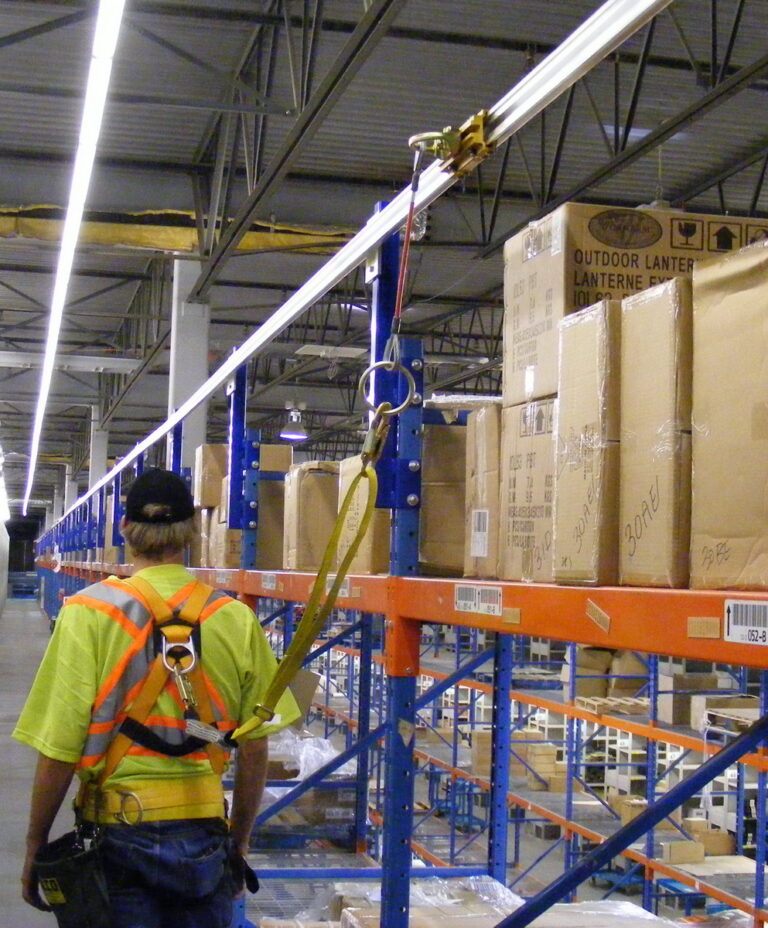
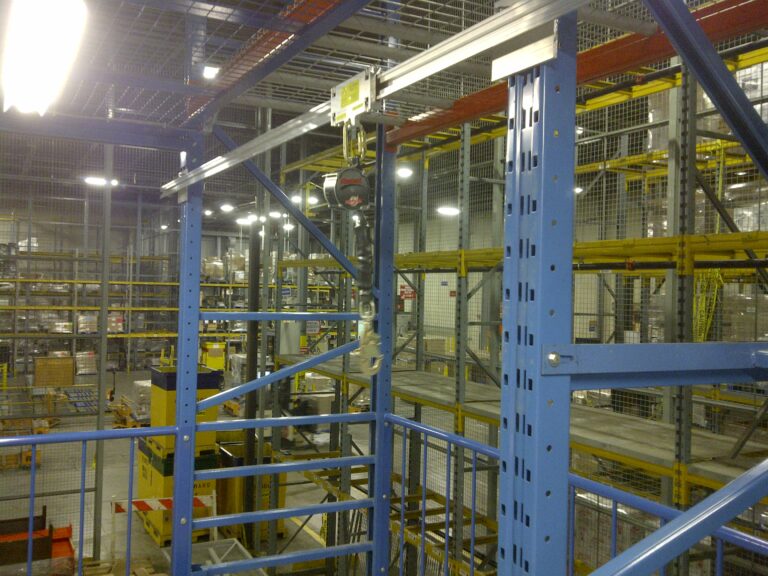
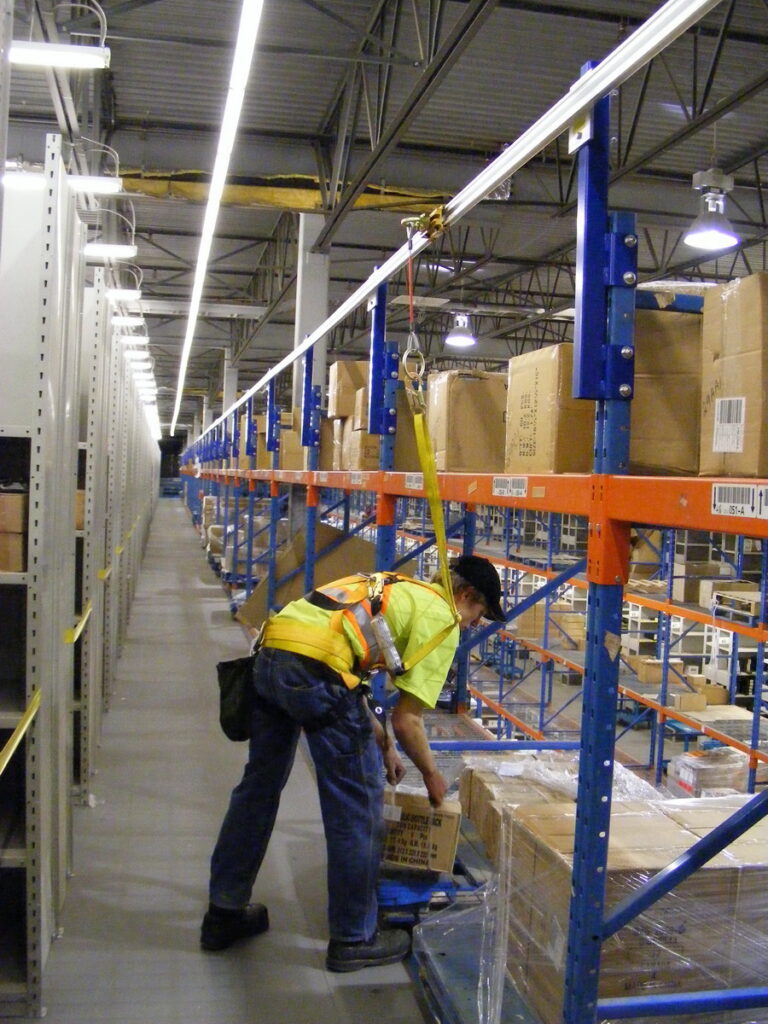
- Continuous Rail System to allow users to move freely along span.
- Self retracting lifeline for ease of movement in and out of racks.
- Safety lock mechanism on lifeline to provide fall arrest.
Canada Occupational Safety and Health Regulations, SOR/86-304, Sections 12.01 to 12.09
12.07 (1) Subject to subsection (2), an employer must provide or put in place a fall-protection system if work is to be performed
(a) from a structure or on a vehicle at a height of 3 m or more;
(b) from a ladder at a height of 3 m or more if, because of the nature of the work, the person performing it is unable to use at least one hand to hold onto the ladder; or
(c) at a height of less than 3 m if the surface onto which the person might fall would present a greater risk of injury than a solid, flat surface.
KEY FEATURES
In-house expertise
We are well-equipped and ready to tackle your custom projects.
Safety First
All our products are designed and built in accordance with industry standards.
Custom design
Custom access products and equipment designed with advanced software.
Innovation
Developed with advanced design software and streamlined processes.
Compliance
Meets and exceeds compliance standards, including ANSI, OSHA and Cal/OSHA.
Customer service
We provide the best experience while meeting and exceeding project expectations
Talk to a specialist today
Projects

Integrated Walkway and Guardrail System on SLOPED Roof
A recent aviation project has our team building Engine Access Stands for Rolls-Royce B787 and B767 aircraft, improving comfort, safety, and functionality.
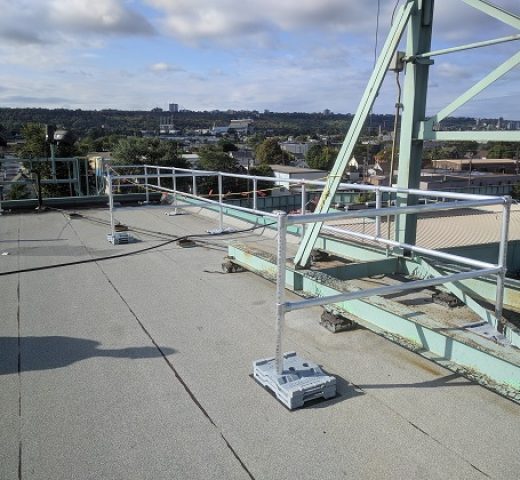
RoofGuard Rooftop Protection and Fixed Access Ladder
The next-generation Aviation Platform Stand was delivered to a major operator at YYZ, providing safe, ergonomic access to B737 and B767 aircraft for maintenance and inspections.

RoofGuard Classic Standard Kits for HVAC Maintenance Safety
The C-130 Access Platform was engineered and installed by Liftsafe, providing full modular access to the FAST trainer while meeting Canadian fall protection standards.
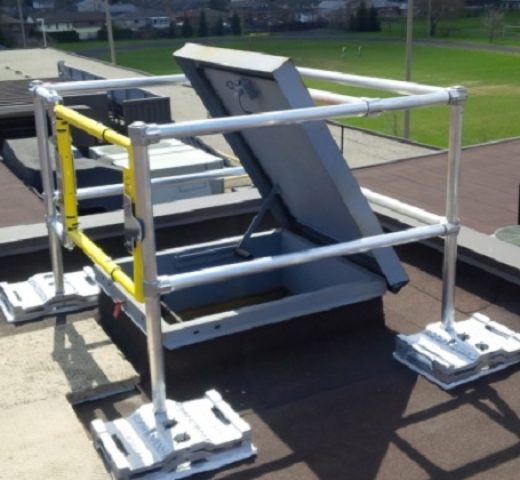
HatchGuard guardrail kit with self closing gate
The Wheel and Brake Service Cart provides safe, low-risk movement and replacement of wide-body aircraft wheels and tires, with a low-profile design for easy loading and operation.
Your Perfect Solution Awaits!
RELATED PRODUCTS
NETTING SAFETY Systems
Our netting systems have been designed to meet all required safety measures to reduce injuries and liability.
ROOFGUARD ROOFTOP GUARDRAIL
Modular rooftop guardrails designed to provide safe, reliable fall protection and meet compliance standards.
Rooftop Safety
Products
Reliable rooftop safety solutions designed for compliance and protection.
